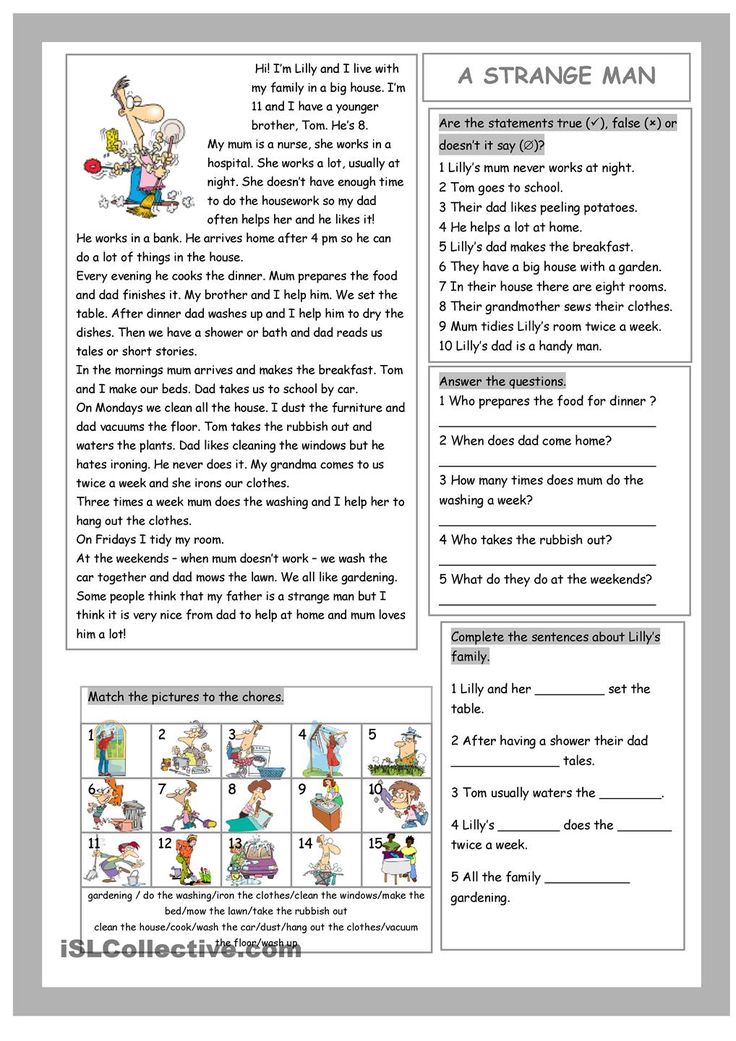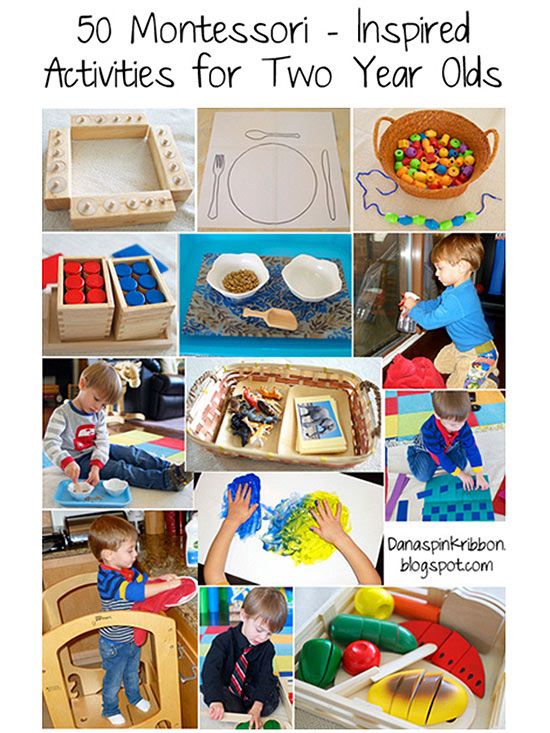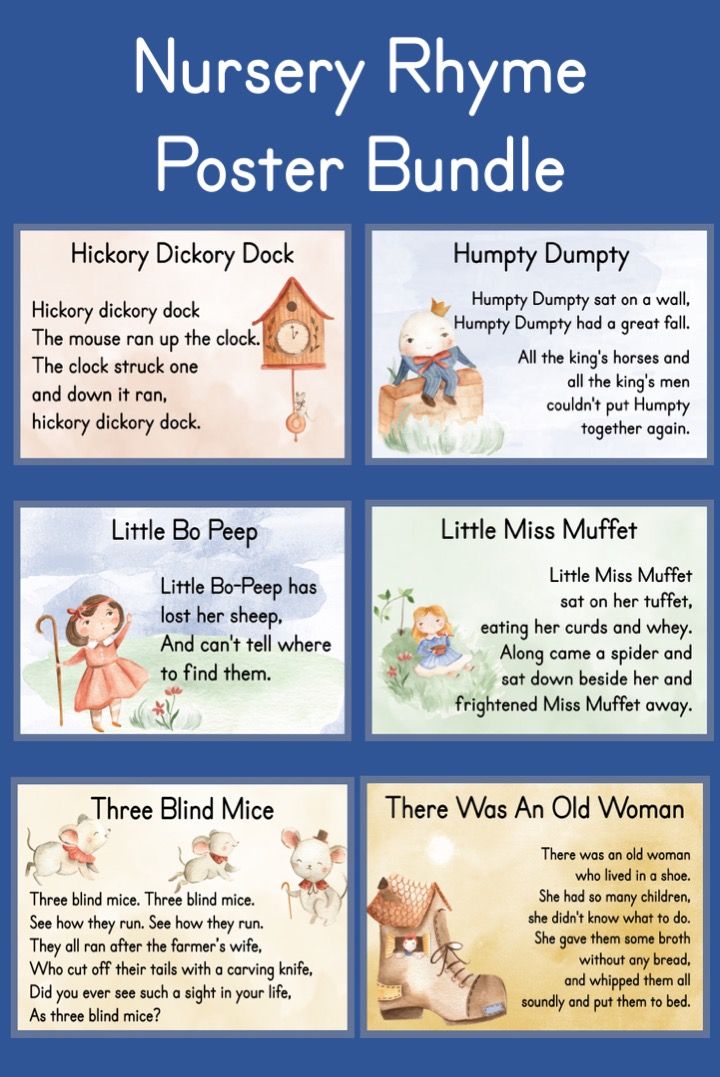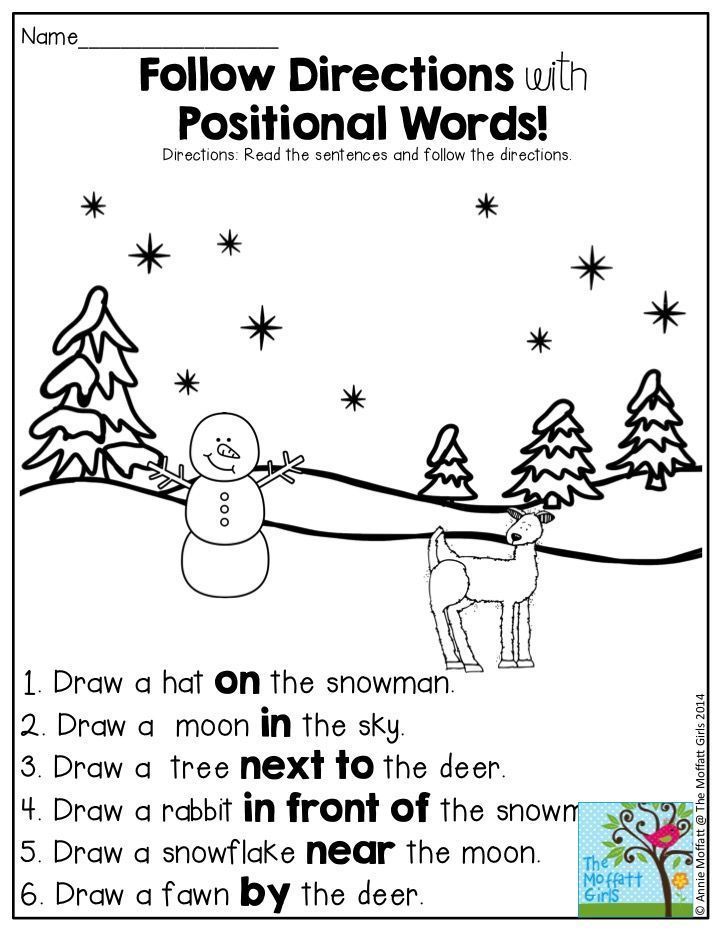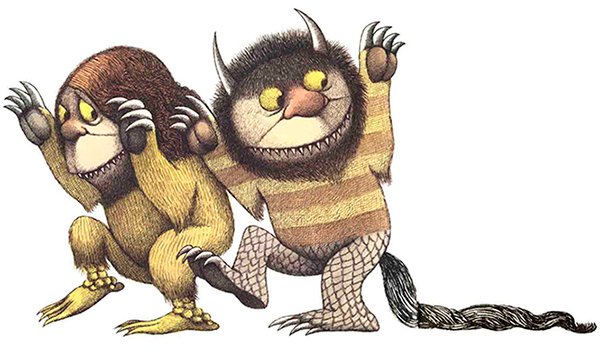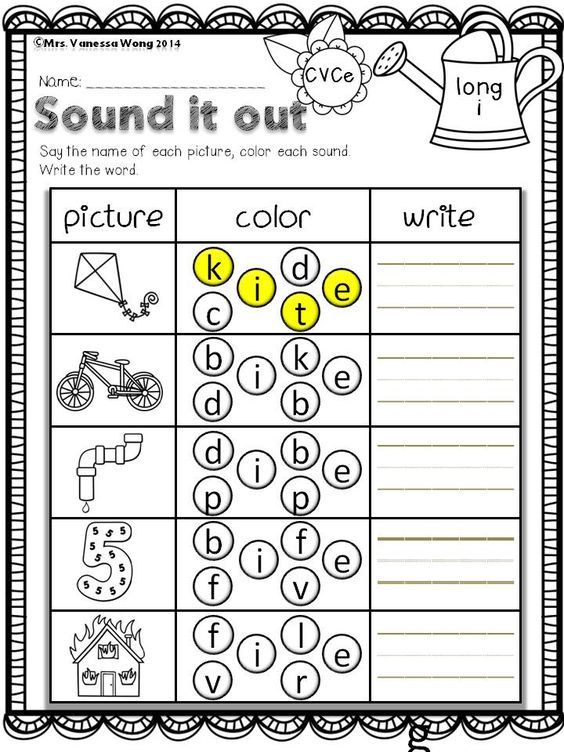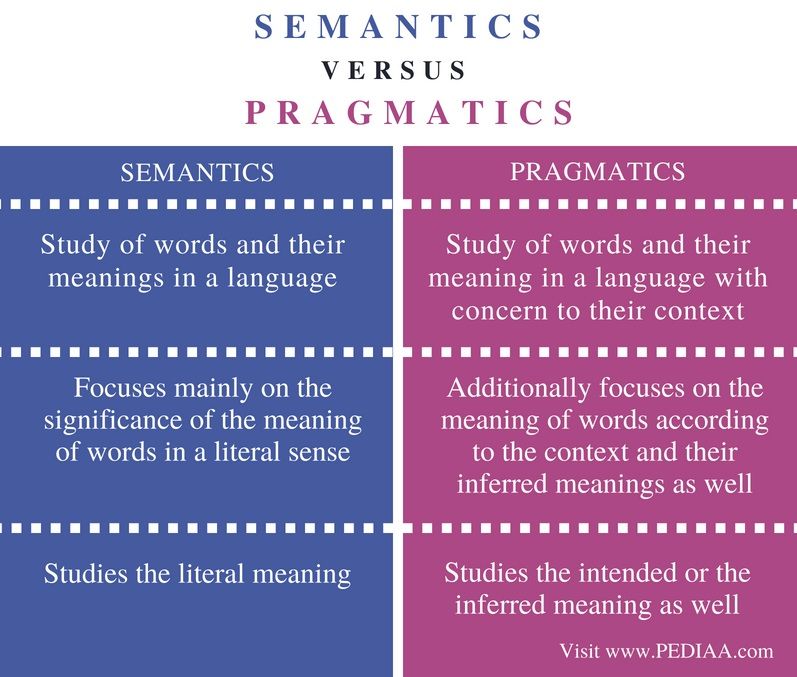Help with comprehension
5 Ways to Support Students Who Struggle With Reading Comprehension
When we think of reading issues, we often imagine children who struggle to decode the letters in text and turn them into spoken language. This type of struggling reader has a very difficult time figuring out what many of the words are and has poor phonological (speech-sound) skills. However, there are also many students who sound like they’re reading beautifully but have difficulty with understanding vocabulary and figurative language, inferencing, verbal reasoning, grammatical development, and oral expression.
As children get older, if they are decoding text well we assume they are reading well. Once a person learns to decode, reading comprehension becomes more about language comprehension and focus. At this transition, starting around third grade, teachers may begin to notice some students who decode text fluently but are not understanding.
Since this type of struggling reader is less noticeable than ones who have difficulty decoding, they often slip under the radar until they begin to fail standardized state comprehension tests. Even then, their issues may go undetected for a long time, resulting in middle and high school students who sound like they’re reading but understand nothing that they have read.
These struggling readers should be targeted for remediation—the earlier the better. However, remediation consisting of practice passages and questions may be ineffective as it focuses too narrowly on text-based skills.
Supporting Students Who Struggle With Comprehension
Here are five strategies to try out with students who read fluently but struggle to comprehend what they’re reading.
1. Target overall comprehension of language: Recent research reveals that reading comprehension difficulties may stem from an underlying oral language weakness that exists from early childhood, before reading is even taught. It turns out that students who have poor reading comprehension also often understand fewer spoken words and less of what they hear, and have worse spoken grammar. So, to address reading comprehension deficits effectively, educators may have to use an approach that teaches vocabulary, thinking skills, and comprehension first in spoken language and then in reading and written language.
So, to address reading comprehension deficits effectively, educators may have to use an approach that teaches vocabulary, thinking skills, and comprehension first in spoken language and then in reading and written language.
2. Teach vocabulary: Because students with poor comprehension often have poor vocabulary skills and understand less of what they hear, it’s helpful to teach the meanings of new words through the use of multisensory strategies like graphic organizers, pictures, and mnemonics. Improving their overall language skills increases the likelihood that they will understand the words they encounter in written text. Since it is impossible to know every word one might encounter, students should be taught about the different types of context clues and how to use them to determine the meaning of unknown words.
3. Teach thinking strategies: Once students have the vocabulary to be able to make it through a text, they often struggle with the complex thinking or sustained attention required to keep up with all of the important details and to access information that is implied but not directly stated. Teachers can instruct students on cognitive strategies they can use. Many common text reading strategies—such as annotation, SQ3R, and the KWL chart—make use of these thinking strategies, including:
Teachers can instruct students on cognitive strategies they can use. Many common text reading strategies—such as annotation, SQ3R, and the KWL chart—make use of these thinking strategies, including:
- Discussing or activating prior knowledge,
- Developing questions while reading,
- Connecting what they are reading to another text, something they have seen, or something they have experienced,
- Visualizing or picturing what they are reading,
- Making predictions about what will come next in the text,
- Looking back for keywords and rereading in order to clarify or answer questions, and
- Thinking aloud to model the strategies and thought processes needed for comprehension.
Students can learn and then use the strategies that work best for them depending on the text they’re reading. Pulling deeper meaning out of text through the use of thinking strategies can be beneficial not just to reading comprehension but also to writing.
4.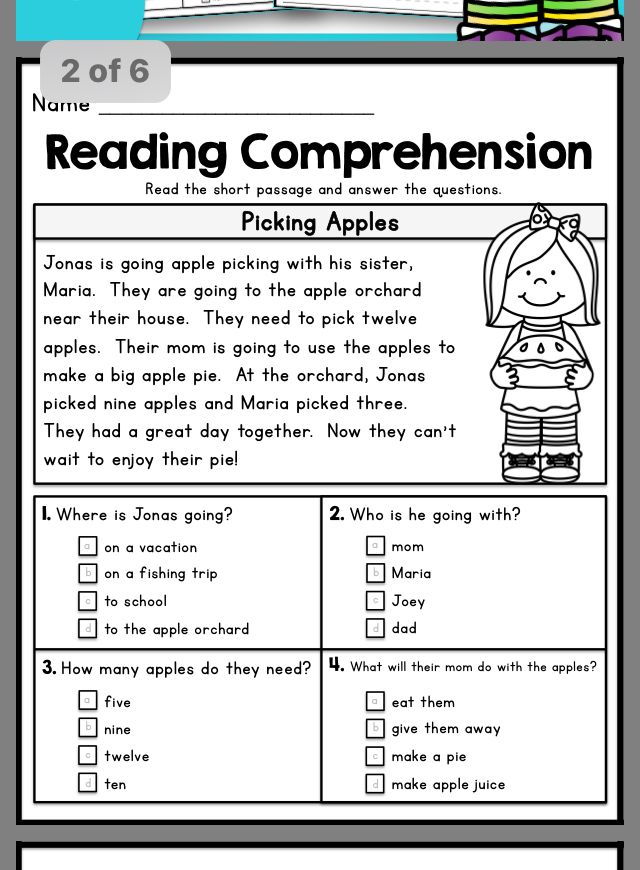 Have students practice reciprocal teaching: Once taught, cognitive strategies can be consistently practiced and implemented through the use of reciprocal teaching, which encourages students to take a leadership role in their learning and begin to think about their thought process while listening or reading. Teachers can use reciprocal teaching during class discussions, with text that is read aloud, and later with text that is read in groups. The students should rotate between the following roles:
Have students practice reciprocal teaching: Once taught, cognitive strategies can be consistently practiced and implemented through the use of reciprocal teaching, which encourages students to take a leadership role in their learning and begin to think about their thought process while listening or reading. Teachers can use reciprocal teaching during class discussions, with text that is read aloud, and later with text that is read in groups. The students should rotate between the following roles:
- Questioner, who poses questions about parts of the lesson, discussion, or text that are unclear or confusing, or to help make connections with previously learned material.
- Summarizer, who sums up each important point or detail from the lesson, discussion, or text.
- Clarifier, who tries to address the Questioner’s issues and make sure that parts they found confusing are clear to others.
- Predictor, who makes a prediction about what will happen next based on what was presented, discussed, or read,
5.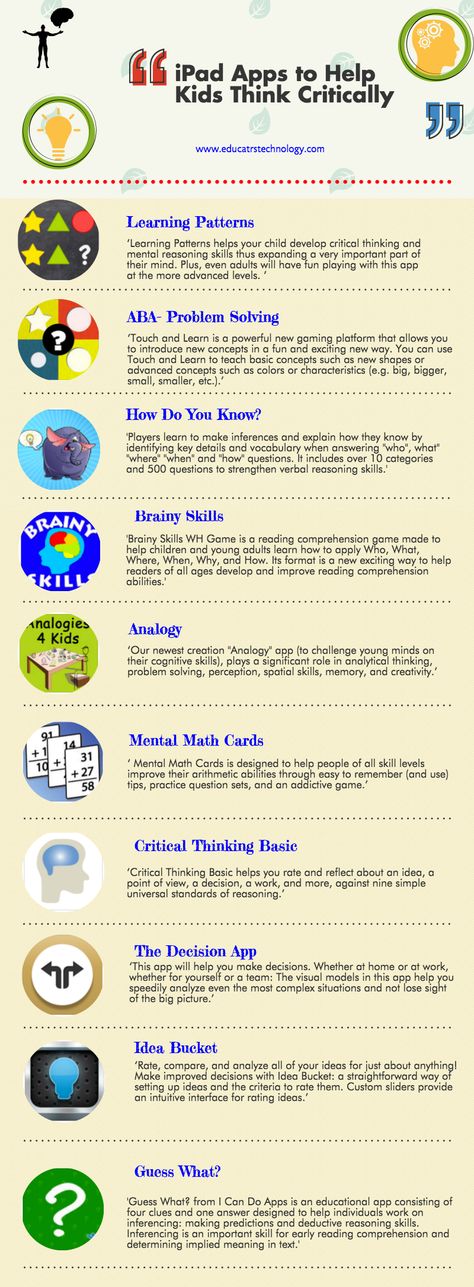 Directly teach comprehension skills: Students should be directly taught comprehension skills such as sequencing, story structure using the plot mountain, how to make an inference and draw a conclusion, and the different types of figurative language. Students should have the opportunity to first use the skills with text that they hear the teacher read aloud, and then later with text that they read independently at their own level.
Directly teach comprehension skills: Students should be directly taught comprehension skills such as sequencing, story structure using the plot mountain, how to make an inference and draw a conclusion, and the different types of figurative language. Students should have the opportunity to first use the skills with text that they hear the teacher read aloud, and then later with text that they read independently at their own level.
The comprehension skills and strategies listed above can be used with the whole class, as they closely align with reading and language arts standards for elementary and middle school students. Teachers can help students select reading material with vocabulary that matches their current ability levels so that within a classroom, students are reading text and working on vocabulary at levels that are accessible for each of them.
How to Help Your Child With Reading Comprehension
What helps kids understand what they read? Being an active reader is key.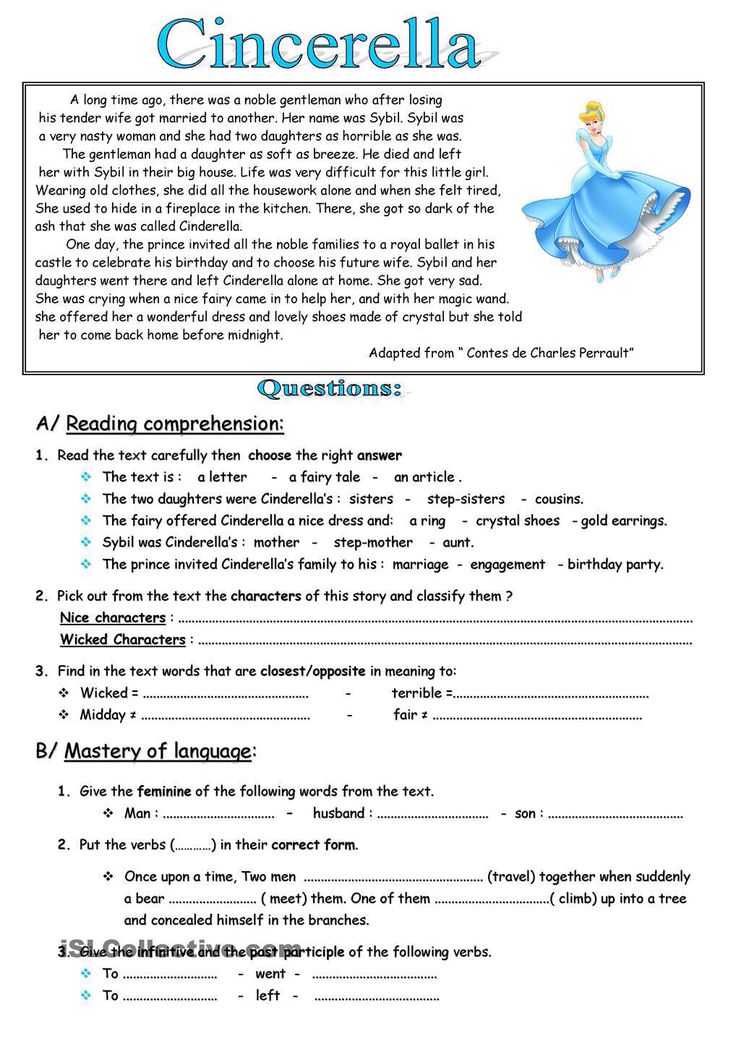 That means focusing on the text, questioning it, and taking mental notes. You can work on these skills with your child at home. Use these seven tips to help improve your child’s reading comprehension.
That means focusing on the text, questioning it, and taking mental notes. You can work on these skills with your child at home. Use these seven tips to help improve your child’s reading comprehension.
1. Make connections.
When kids connect what they already know to what they read, it helps them focus. Show your child how to make connections when you read aloud. If a book mentions places you’ve been to with your child, talk about those memories. Then have your child give it a try.
2. Ask questions.
Asking questions encourages kids to look for clues in the text. When you read together, ask questions to spark your child’s curiosity. Ask things like “What do you think will happen?” or “How is that character feeling?”
3. Make “mind movies.”
Visualizing helps bring a story to life. That’s where mind movies come in. When you read with your child, describe what the scene looks like in your head. Talk about how it makes you feel. You can use other senses, too. For example, if the scene takes place outside, what does it smell like?
You can use other senses, too. For example, if the scene takes place outside, what does it smell like?
Then invite your child to make a mind movie, too. Point out how your child’s movie is different from yours. If your child likes to draw or color, encourage your child to make a picture of the scene, too.
4. Look for clues.
When you combine what you already know with clues from a story, you can make guesses or predictions. These are inferences. And making them is a great way to build reading comprehension.
For example, when we read “Kim’s eyes were red and nose was runny,” we can infer that Kim has a cold or allergies. Help your child do this as you read. If a character is wearing gym clothes and sweating, ask your child what the character might have been doing before.
5. Figure out what’s important.
Ask your child: Who are the main characters? What’s the most important thing that has happened in the story so far? What problem are the characters trying to solve? When kids can point out what’s important, they’re more likely to understand what they read.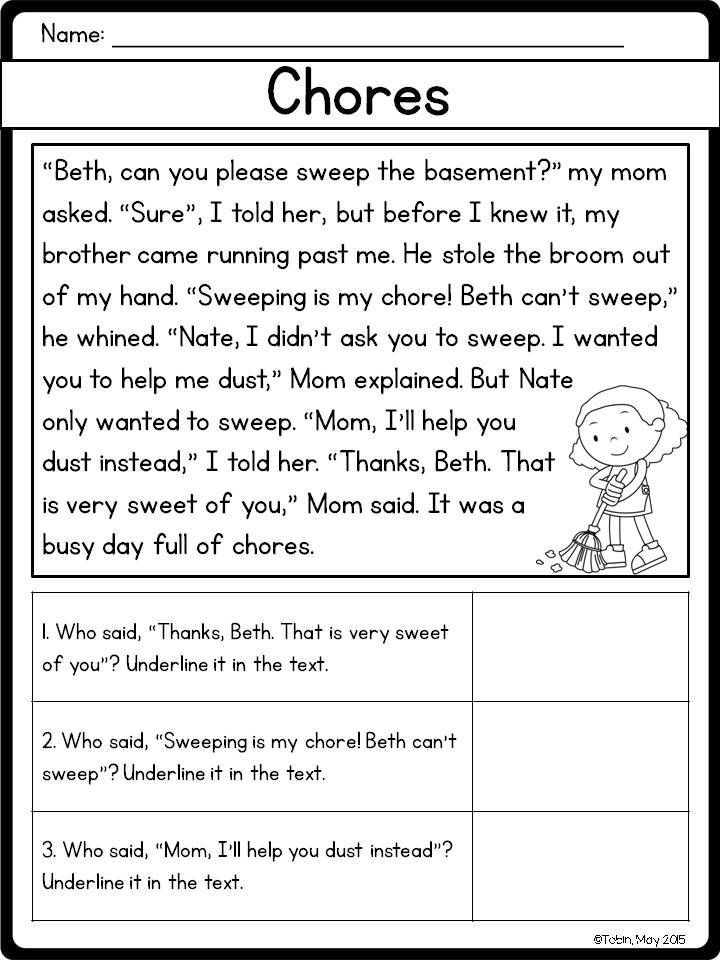
Your child can also use a tool called a graphic organizer to do this. A “story element” organizer keeps track of the main characters, where the story is taking place, and the problem and solution of the story.
6. Check understanding.
It helps to encourage kids to stop and ask themselves, “Is this making sense?” If your child gets stuck, suggest rereading the part that didn’t make sense. What about it was confusing? Were there specific words that tripped your child up?
7. Try new things.
The more kids know about the world, the more they can get meaning out of what they read. You don’t have to take an expensive trip or go to a museum to do this, though. You can expand kids’ background knowledge and vocabulary in lots of ways.
Shooting hoops or watching a baseball game can help your child connect more with books about sports. Riding the subway might make your child interested in books that take place in big cities.
Even with these tips, some kids still have a hard time understanding what they read.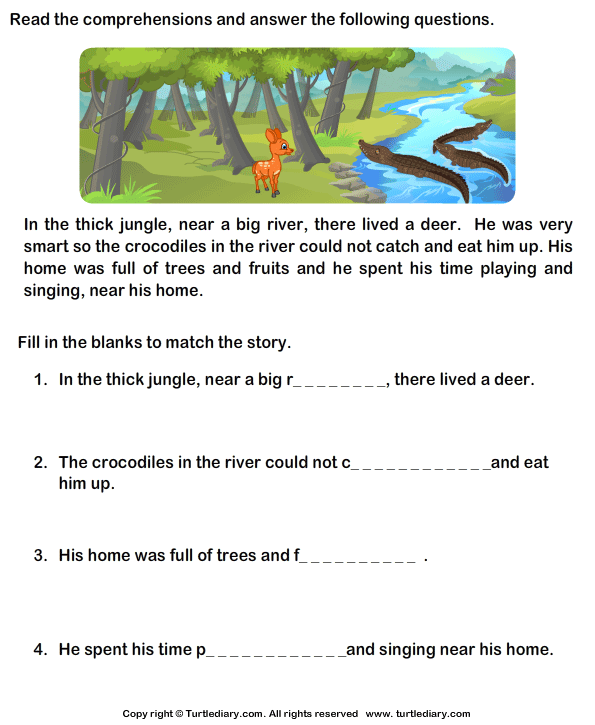 Learn more about how to help your child with reading. And get an expert’s take on why kids may have trouble understanding or remembering what they read.
Learn more about how to help your child with reading. And get an expert’s take on why kids may have trouble understanding or remembering what they read.
c# - Help with understanding client-server (if clients are different) ?
Question asked
Changed 9 years 4 months ago
Viewed 5k times
Good night everyone! Please help because I don't understand the meaning of the problem: The task is to create a car accounting program, a selection of cars, car prices, sales. Addition: the client must be both desktop (WinForms) and web-faced (ASP.NET(MVC))!
In general, some details are almost clear at the abstract level, we take the database, put it on the server, and write a WinForms client to it, but what about ASP.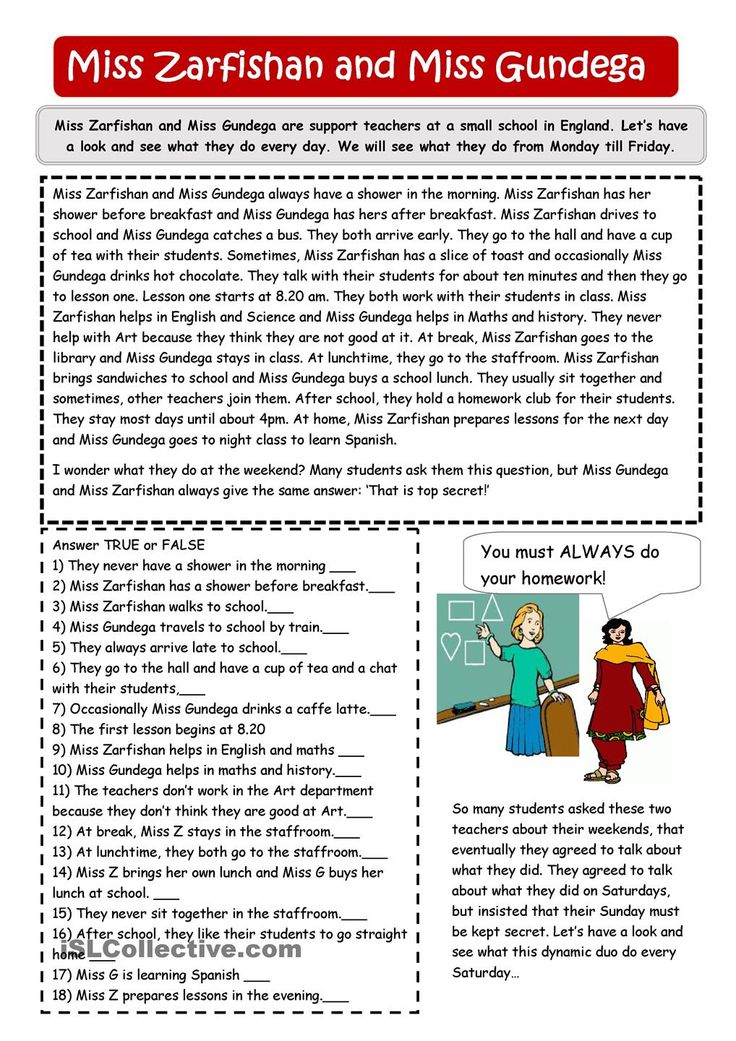 NET? What is a Web-muzzle and how it connects to the application is not clear to me at all, that is, is it like a client site that uses this database with machines? Who realties can tell me the procedure that from the beginning you need to do something to read and how to put it all together!
NET? What is a Web-muzzle and how it connects to the application is not clear to me at all, that is, is it like a client site that uses this database with machines? Who realties can tell me the procedure that from the beginning you need to do something to read and how to put it all together!
I will be VERY GRATEFUL TO ALL GOOD PEOPLE.
- c#
- asp.net
- winforms
I will give an example of a classic three-tier application architecture. In this case, "server" is not a database, but a server application that makes calls to the database and provides an API for clients. "Client" , in turn, can be anything - a desktop application, a web application, all kinds of mobile applications, etc. Clients make calls to the server application using its API. I advise you to read a short review on Wikipedia (the scheme is borrowed from there)
The server application can be a normal console application that handles requests from clients.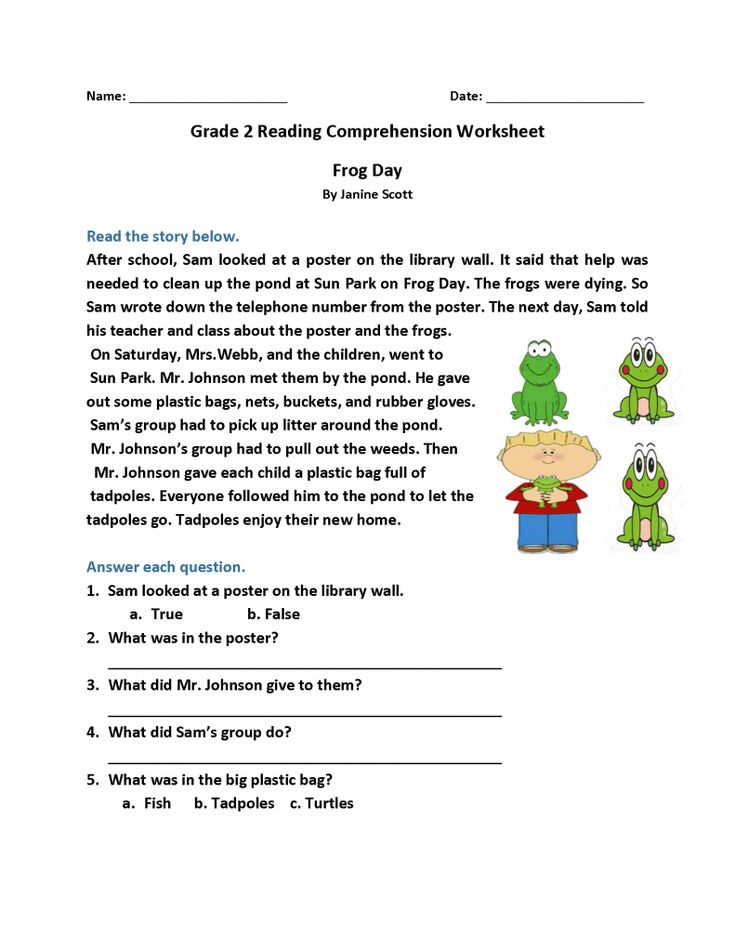 If you are using .NET, then communication between clients and the server can be organized using WCF, WebAPI, etc. technologies. The clients (i.e. the WinForms application and the Web application) will not access the database directly, but the server application. And it, in turn, will perform a call to the database, if it considers it necessary, and return the required data.
If you are using .NET, then communication between clients and the server can be organized using WCF, WebAPI, etc. technologies. The clients (i.e. the WinForms application and the Web application) will not access the database directly, but the server application. And it, in turn, will perform a call to the database, if it considers it necessary, and return the required data.
Why all this was invented, I will not write: read Wikipedia.
2
Try LightSwitch technology, a tool included by default in Visual Studio 2012, allows you to create three-tier applications, both for desktop and for the web, without having to know how to program. Everything is done through a visual editor, your task can be solved in an evening using LightSwitch. P.S. Step by step guide to create an application
Register or login
Register with Google
Registration via Facebook
Registration via mail
Send without registration
Required, but not shown to anyone
Send without registration
Required, but not shown to anyone
By clicking on the "Send a reply" button, you agree to our user agreement, privacy policy and cookie policy
| _IrinaS Reg. | Girls, please explain, well, in a very accessible language. For the first time in my life I sew, I decided to start with pajamas, I thought I’d figure it out, but I got confused ... In the photo with the instruction "leaving a section above the fold line open in the back of the seam ..." Which of these lines is the fold line? Where to sew? Why is the bottom line short? Between which of these two lines should the rubber band be inserted?
|
| AnyutkaF Reg. Awards: 1 | _IrinaS , the second line from the top is the fold line, everything above it turns inside out like a hem. Do not forget to add an allowance to the hem. |

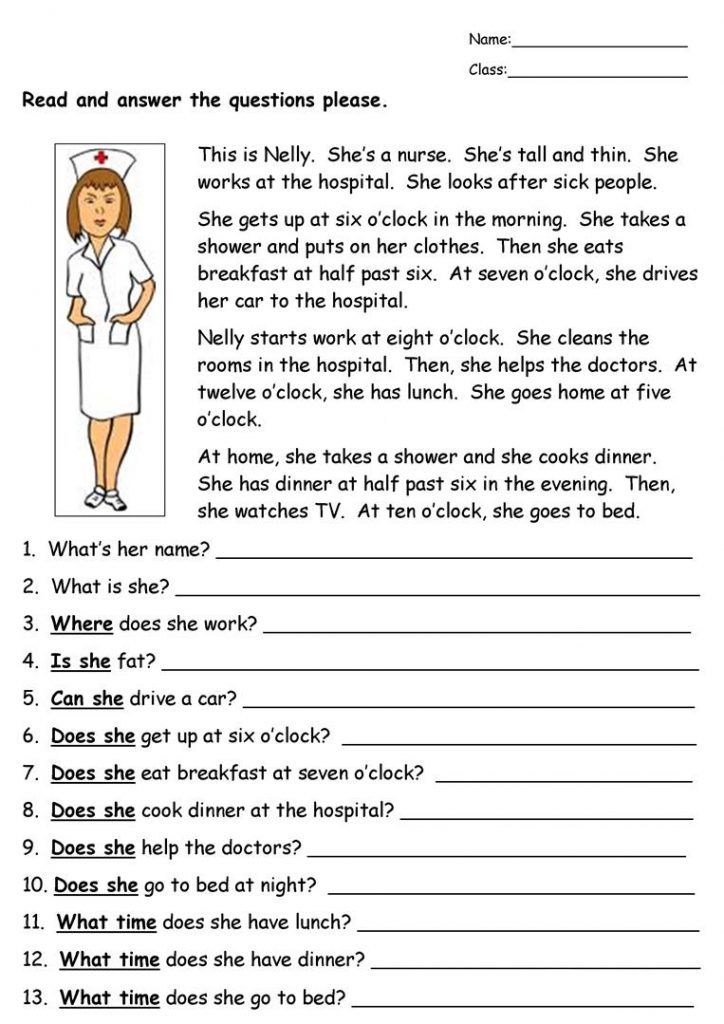 I sew on Burda for the first time.
I sew on Burda for the first time.  If so, how do I evenly stitch them together?
If so, how do I evenly stitch them together? 